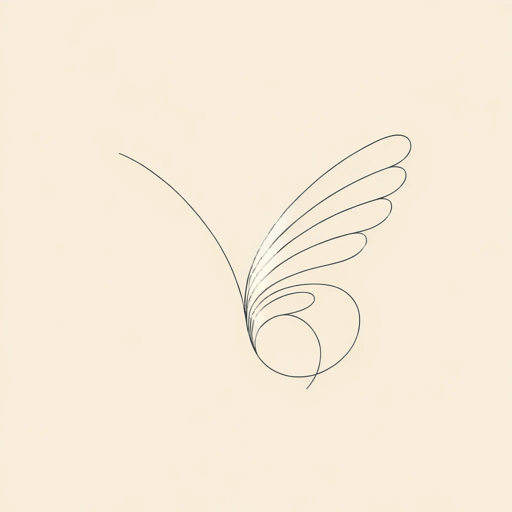21 pages • 42 minutes read
Virginia WoolfThe Death of the Moth
Fiction | Essay / Speech | Adult | Published in 1942A modern alternative to SparkNotes and CliffsNotes, SuperSummary offers high-quality Study Guides with detailed chapter summaries and analysis of major themes, characters, and more.
Literary Devices
Anthropomorphism
Virginia Woolf assigns human-like qualities to nature, especially the day moth whose life and death become the essay’s focal point. She refers to the moth as “he” and describes its pointless fluttering as an expression of excitement, a “queer spectacle” (Paragraph 3); his movement is compared to “dancing.” Woolf contemplates what the moth could have been “had he been born in any shape” other than his own (Paragraph 2). Humanizing the moth by imagining its potential implies that the moth is a failure of nature, but Woolf quickly dispels this idea by stating that its instinctual behavior represents “the true nature of life” (Paragraph 2). Woolf’s anthropomorphizing of the moth creates a sense of connection and sympathy for its eventual death. The moth’s demise dissolves any remaining boundaries between it and Woolf as she concludes that humans, too, are nothing against “a power of such magnitude” as death’s (Paragraph 5). Woolf uses “I” rather than “he” in the essay’s final sentence, anthropomorphizing the moth by giving it the power of language (Paragraph 5). In acknowledging that death befalls all living beings, Woolf’s technique serves her essay’s purpose, which is to explore the meaning of the moth’s life and thus, the meaning of human life.
Related Titles
By Virginia Woolf

A Haunted House
Virginia Woolf

A Haunted House and Other Short Stories
Virginia Woolf

A Room of One's Own
Virginia Woolf

Between The Acts
Virginia Woolf
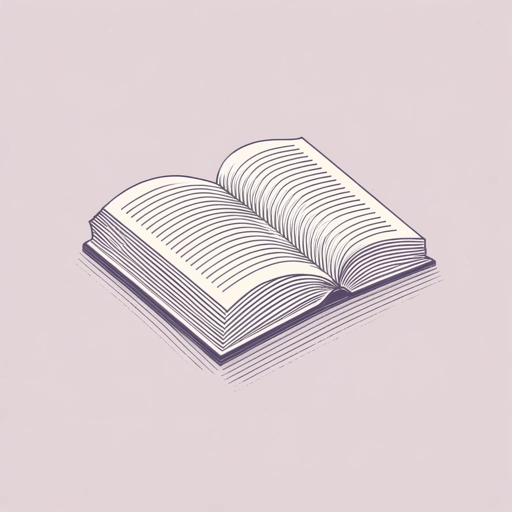
How Should One Read a Book?
Virginia Woolf

Jacob's Room
Virginia Woolf
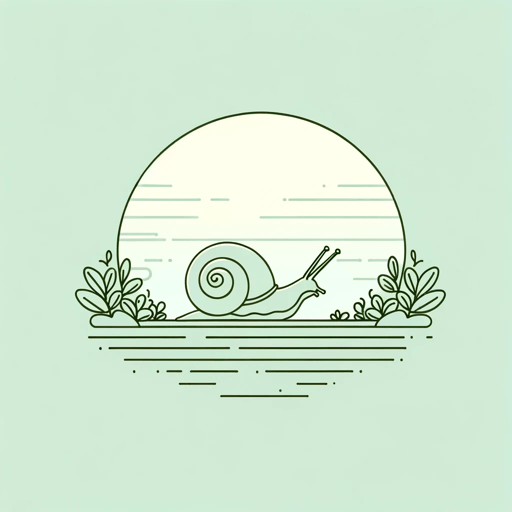
Kew Gardens
Virginia Woolf
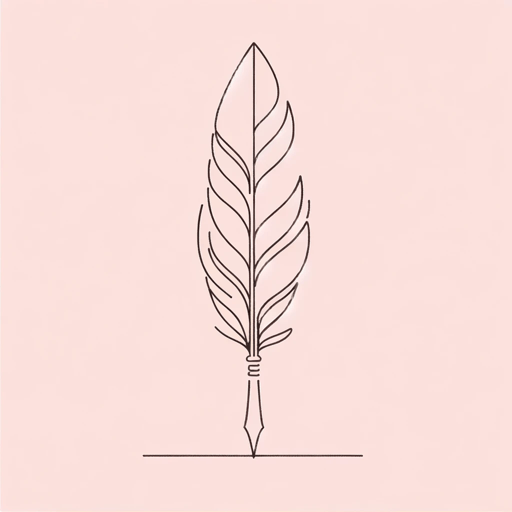
Modern Fiction
Virginia Woolf

Moments of Being
Virginia Woolf
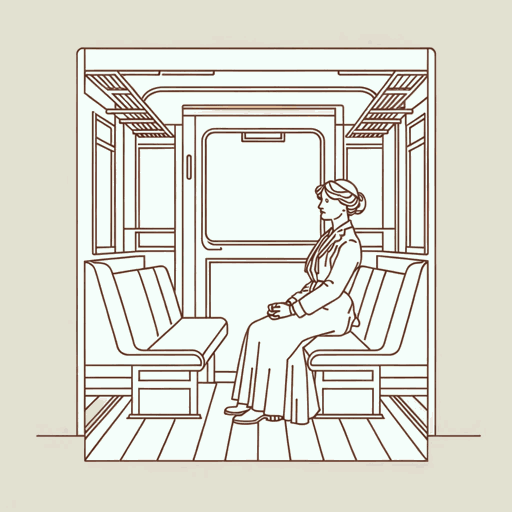
Mr. Bennett and Mrs. Brown
Virginia Woolf
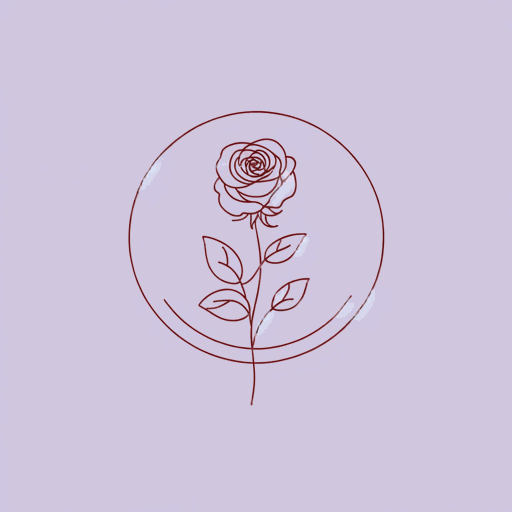
Mrs. Dalloway
Virginia Woolf
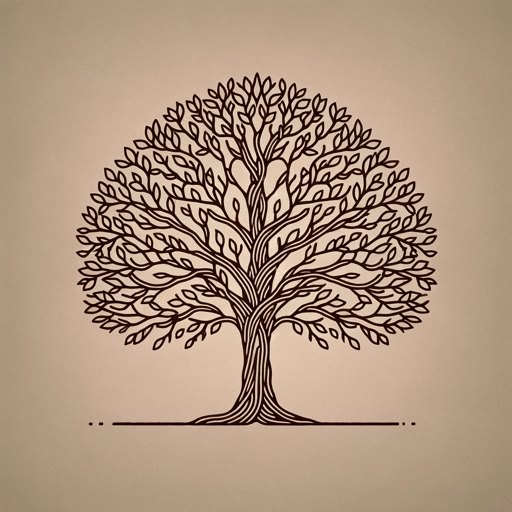
Orlando
Virginia Woolf
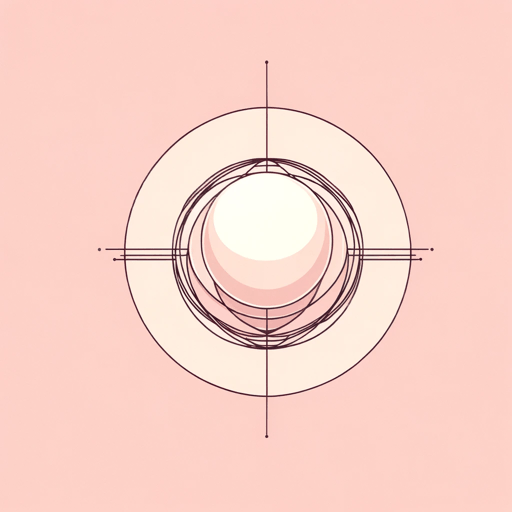
The Duchess and the Jeweller
Virginia Woolf
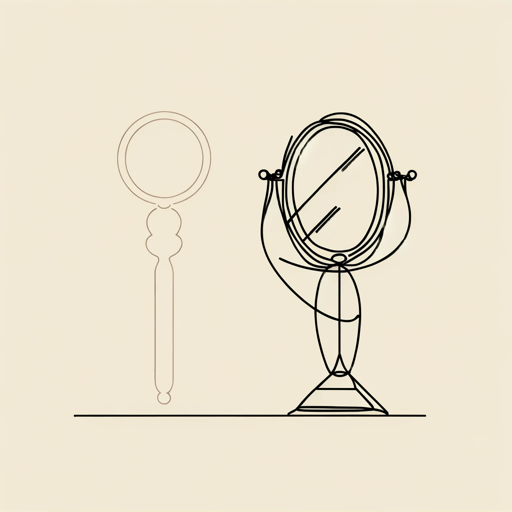
The Lady in the Looking Glass
Virginia Woolf
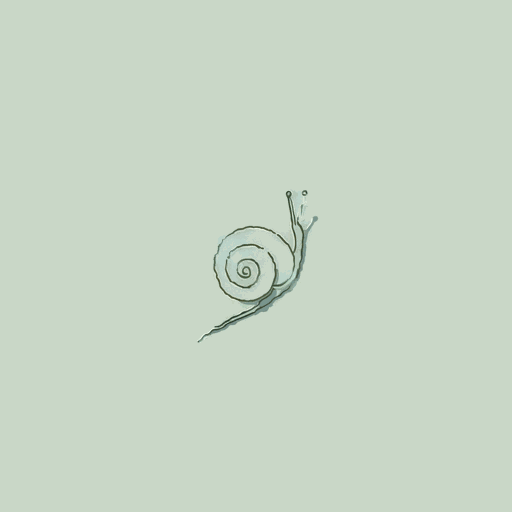
The Mark on the Wall
Virginia Woolf
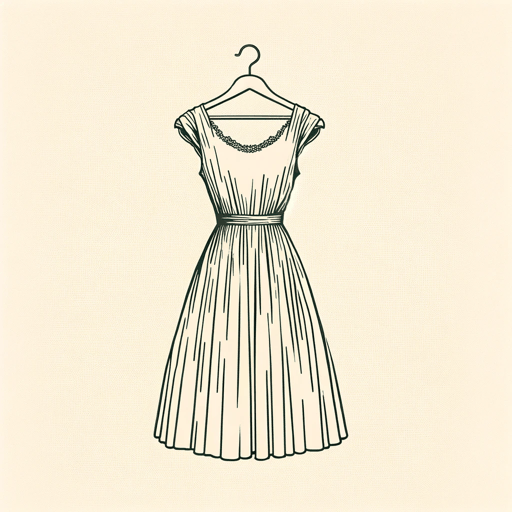
The New Dress
Virginia Woolf

The Voyage Out
Virginia Woolf
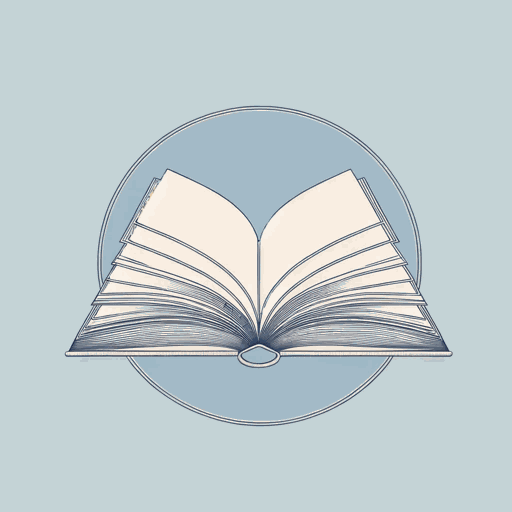
The Waves
Virginia Woolf
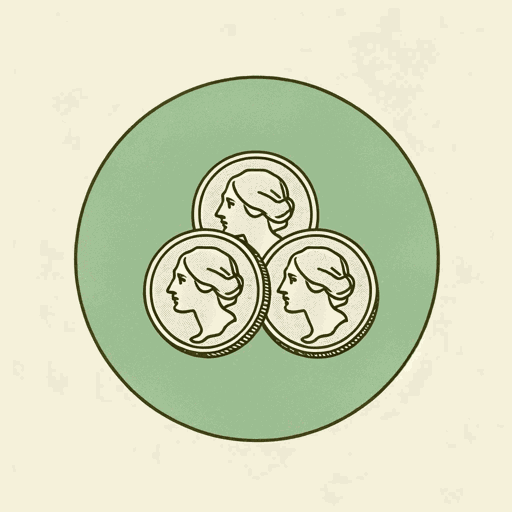
Three Guineas
Virginia Woolf

To the Lighthouse
Virginia Woolf
